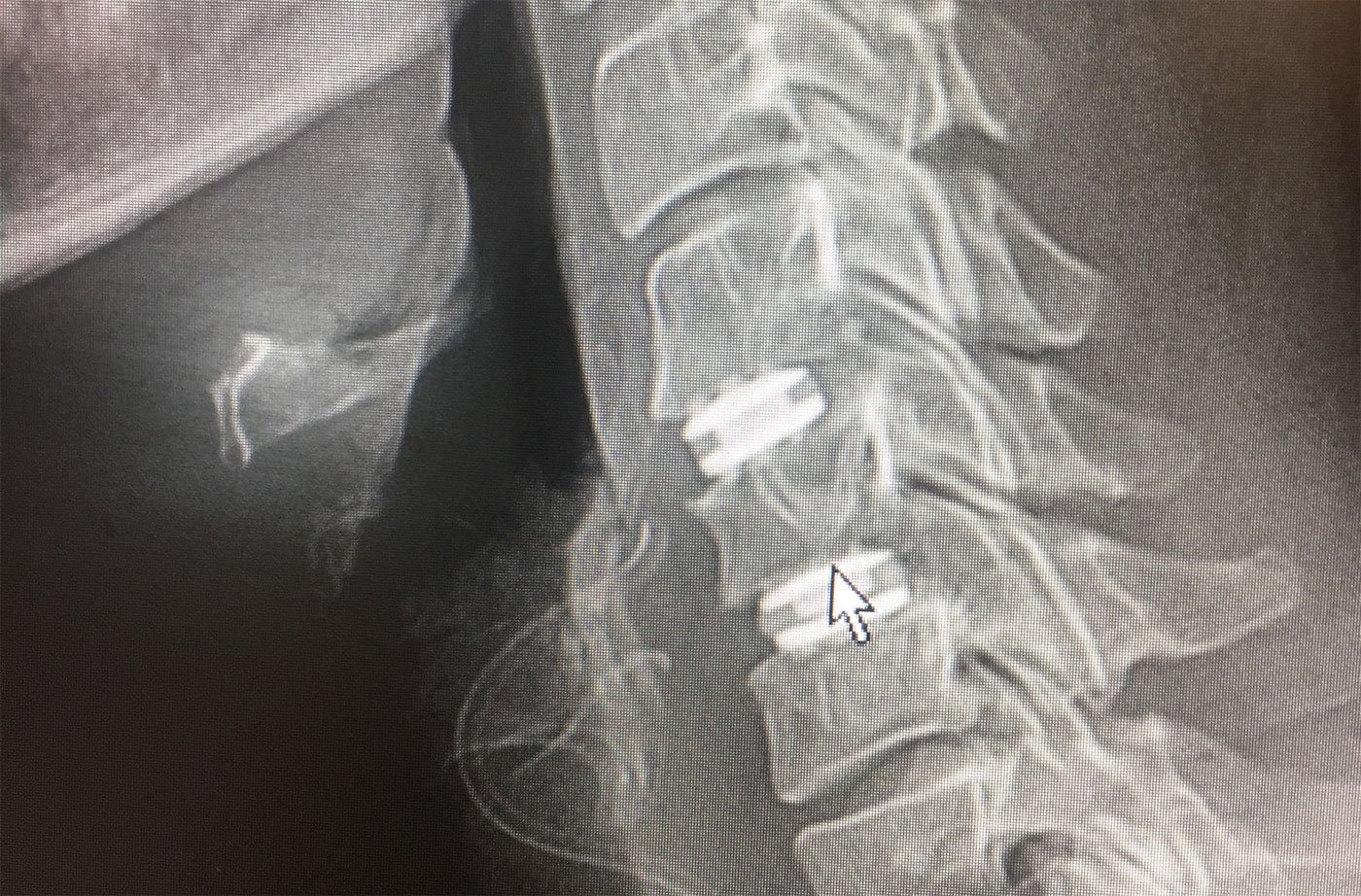
Cervical Disc Replacement: A Comprehensive Guide
Cervical disc replacement involves replacing a diseased or damaged cervical disc, located in the neck and acts as a shock absorber between the adjacent cervical vertebrae. This procedure is an alternative to traditional spinal fusion surgery, which involves fusing the adjacent vertebrae together and eliminating motion in the affected disc space.
The Procedure: Anterior Cervical Discectomy and Artificial Disc Implantation
Cervical disc replacement surgery is typically performed through an anterior approach, accessing the affected disc space through the front of your neck. During the procedure, the affected disc is removed using a surgical technique called an anterior cervical discectomy, and an artificial disc device is implanted in its place. The device is designed to mimic the function of a natural cervical disc and maintain normal height and motion in the affected disc space.
Advantages of Cervical Disc Replacement
Cervical disc replacement surgery offers several advantages over traditional spinal fusion surgery. One major advantage is that it preserves motion in the affected disc space, which can help to reduce stress on the adjacent discs and soft tissues. Additionally, cervical disc replacement surgery typically involves less stress on the bone graft site than spinal fusion surgery, which can result in a shorter healing process and hospital stay.
Who is a Suitable Candidate for Cervical Disc Replacement?
Not everyone with cervical degenerative disc disease is suitable for cervical disc replacement surgery. Healthcare providers typically recommend cervical disc replacement for patients who have exhausted all other nonsurgical treatments, such as physical therapy and drug administration. Additionally, patients with only one affected disc and no significant differences in the height of the affected and adjacent cervical vertebrae are often considered good candidates for surgery.
Potential Risks and Complications
Like any surgical procedure, cervical disc replacement surgery carries some potential risks and complications. These can include blood clots, allergic reactions to anesthesia and infection. Additionally, there is a risk that the artificial disc device may malfunction or wear out over time, which could require additional surgery. Patients who undergo cervical disc replacement surgery may also experience complications such as nerve damage, spinal cord injury, or injury to adjacent vertebrae or spinal nerves.
Outcomes and Recovery
The outcomes of cervical disc replacement surgery are generally positive, with most patients experiencing significant improvement in their symptoms and quality of life. Patients typically experience a shorter hospital stay and a faster recovery time than those who undergo spinal fusion surgery. However, it is important for patients to follow their orthopedic surgeon’s post-operative instructions carefully and to participate in physical therapy to ensure optimal outcomes.
The History of Cervical Disc Replacement
The first artificial cervical disc was implanted in a patient in the United States in 2000 as part of a clinical trial. Since then, cervical disc replacement surgery has become a popular treatment option for cervical degenerative disc disease, with several types of artificial disc devices available on the market. While the long-term outcomes of cervical disc replacement surgery are still being studied, the procedure has been shown to be a safe and effective alternative to spinal fusion surgery for many patients with cervical degenerative disc disease.
Conclusion
Cervical disc replacement surgery is a joint replacement procedure that can offer significant relief for patients with cervical degenerative disc disease. While the surgery carries some potential risks and complications, the outcomes are generally positive and the procedure has become a popular alternative to spinal fusion surgery. If you are considering cervical disc replacement surgery, you can contact your or orthopedic surgeon or contact us for a consultation to determine if you are a suitable candidate and to discuss the potential benefits and risks of the procedure.